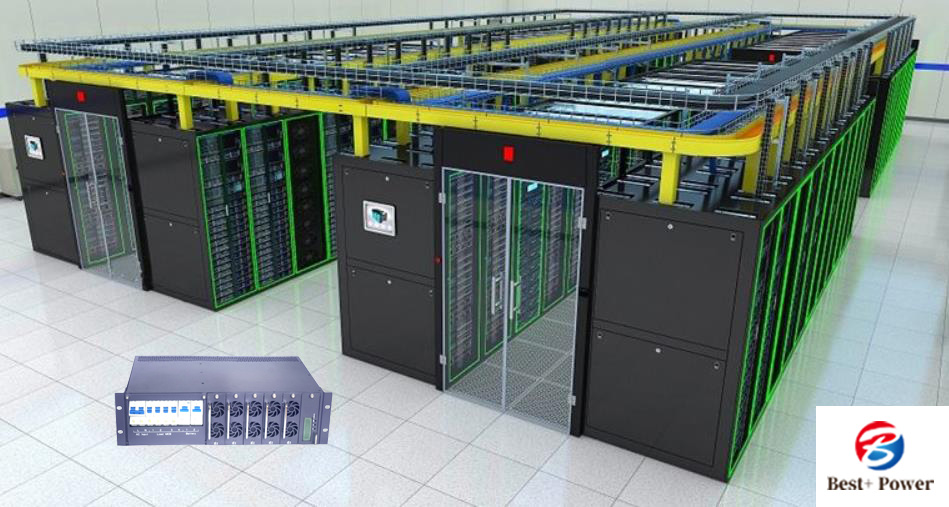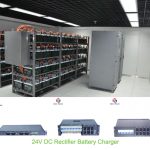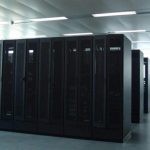Difference Between Inverter & Rectifier
What is Difference Between Inverter & Rectifier?
An inverter and a rectifier perform opposite functions in electronic circuits. Both act as electric power converters; a rectifier changes current from alternating current (AC) to direct current (DC), while an inverter converts DC to AC.
A rectifier takes power from an AC source (like a home outlet) and converts it to DC, usually of a lower voltage. Radios, television receivers and power tools commonly contain rectifiers.
Contact Inquiry to Free Quotes: export@bestpluspower.com 
Rectifiers come in two basic types: half-wave and full-wave. A half-wave rectifier allows electricity of only one polarity (positive or negative) to pass through, while a full-wave rectifier permits both. Electronic components called diodes form the heart of rectifier circuits, as they pass current in only one direction. A half-wave rectifier may have one or two diodes; a full-wave rectifier requires four.
Contact Inquiry to Free Quotes: export@bestpluspower.com
Rectifiers convert alternating current (AC) into direct current (DC). You can use them for devices that require a high level of power supply, reliability, and continuity.
They are mostly used in charging and discharging batteries, and as a source of additional DC power supply to devices.
Difference Between Rectifier And A Battery Charger.
There are no differences between a rectifier and a battery charger. Battery Chargers convert AC to DC required to charge batteries.
An inverter transforms a low voltage DC current (such as 24 or 48 volts DC) to a high voltage AC current. For example, when camping, you might use an inverter to power 230-volt AC appliances from your car’s 48-volt battery. Converting DC to AC is more complicated than AC to DC; an inverter is a very complex and expensive circuit compared to a rectifier, which typically has only a few simple parts.
Inverters convert direct current (DC) from batteries and other power sources to alternating current (AC) used by home appliances.
They take a low DC input voltage, boost it to the desired level (still DC), and then convert it to AC using sinusoidal PWM (Pulse-width Modulation).
They can also take a low DC input voltage and convert it to AC using sinusoidal PWM(Pulse-width modulation). A power transformer is then used to step up the newly acquired AC voltage signal to the desired level.
They make use of electrical components like toroidal transformers, diodes, and thyristors. Inverters are used in alternative energy systems such as solar or wind turbine systems.
Contact Inquiry to Free Quotes: export@bestpluspower.com
Best Plus Power is a manufacturer and provider of dependable high efficiency power electronics, energy conversion systems and power supplies. Best Plus Power solutions include a complete line of high-efficiency rectifiers, inverters and DC power systems for mission critical applications. With over 10-Years experiences supporting customers in more than 60 countries, Best Plus Power is focused on bringing reliable power solutions to customers across all applications and environments, which specialize in Battery Chargers, Power Inverters, Power Supplies / Rectifiers, DC / DC Converters, Frequency Converters, and other Power supplies.
Email: export@bestpluspower.com
Website: www.bestpluspower.com

 Previous Post
Previous Post Next Post
Next Post